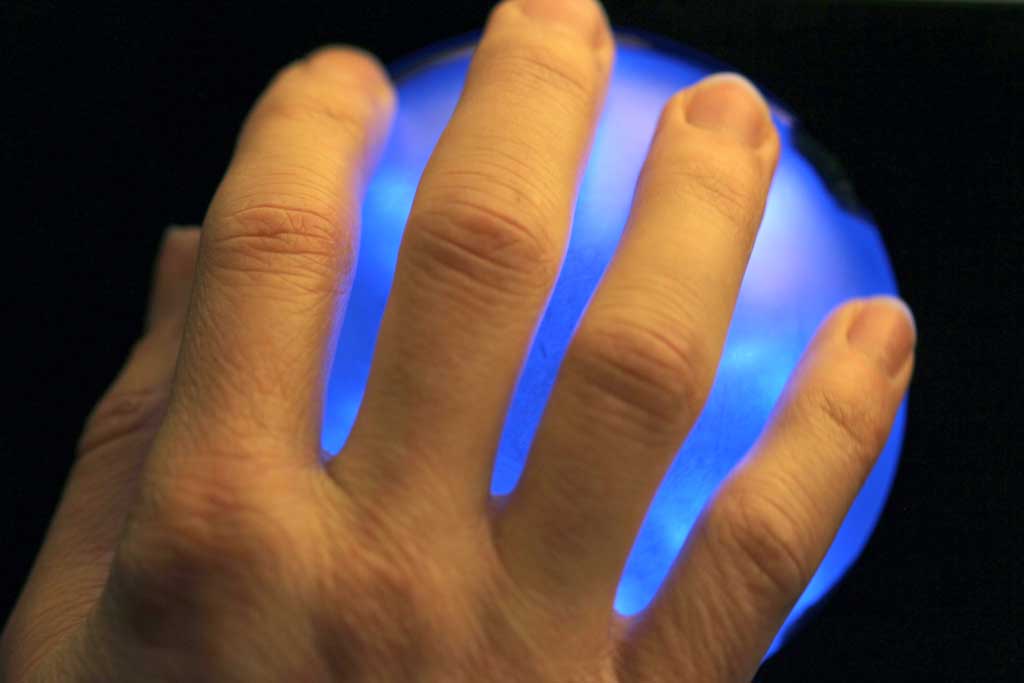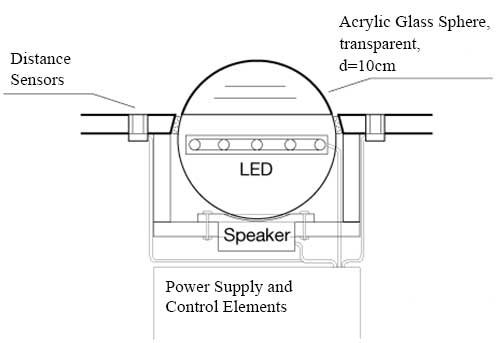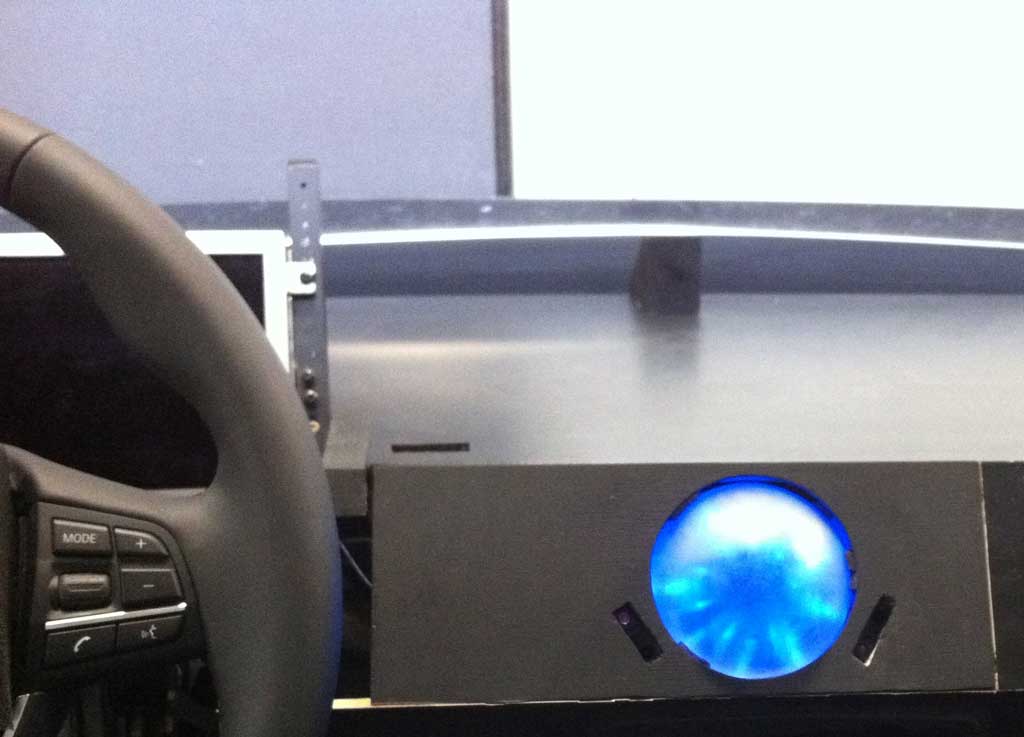Prototypical Implementation of an Idea.
Create, test and improve prototypes.
Why.
Early prototypes make the story come to life and enable a communication of the concept even in early process stages.
What.
Implement simple but functional experience prototypes based on story and storyboard.
How.
Story, storyboard, virtual integration concept, first technical requirements.
Carry out the first realization of a concept in form of an experience prototype based on a story and a storyboard.
Test the first prototype and discuss it within the team. With the help of this feedback and with reference to the story it is now possible to develop and implement new versions. Resolution, i.e. the number of implemented details, can increase with each iteration.
Adapt the integration concept depending on further development and
implementation of the prototype.
Experience prototype (if necessary with alternative design variants), adapted integration concept.
Insights
Implement the first prototype as simple as possible; it can be made of paper, for example. With each iteration the complexity, i.e. fidelity and resolution, of the implementation increases.
References
Buchenau, Marion; Suri, Jane F. (2000). Experience prototyping. In DIS `00 Proceedings of the 3rd conference on Designing interactive systems: processes, practices, methods, and techniques. Pp. 424-433 ACM New York. Buxton, B. 2007. Sketching User Experiences - getting the design right and the right design, San Francisco, Elsevier.





